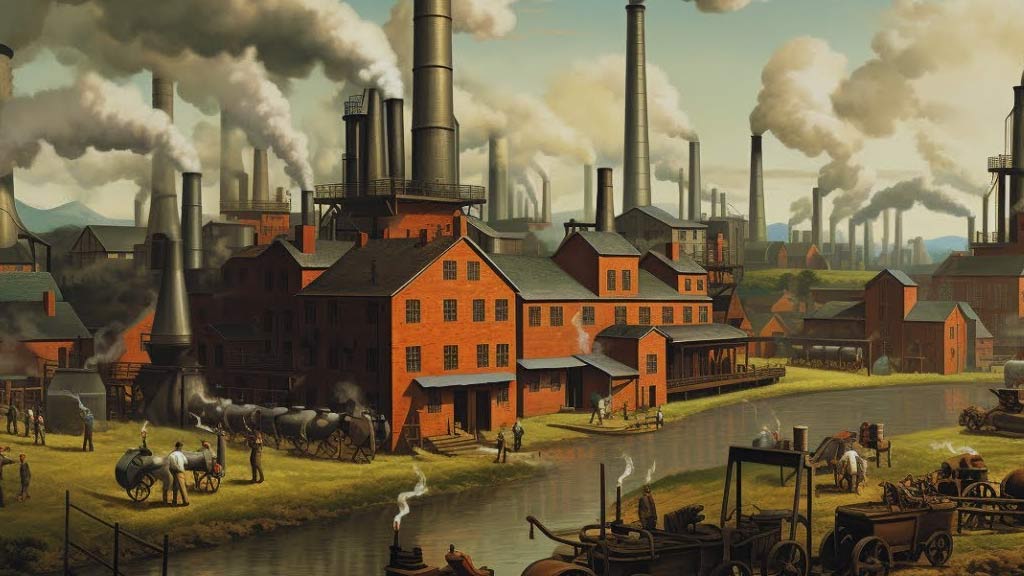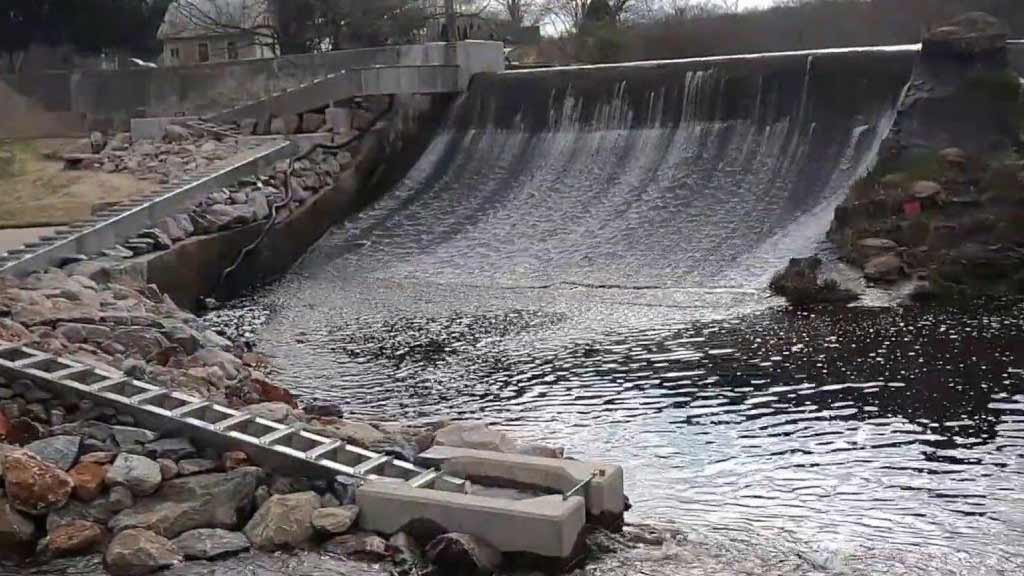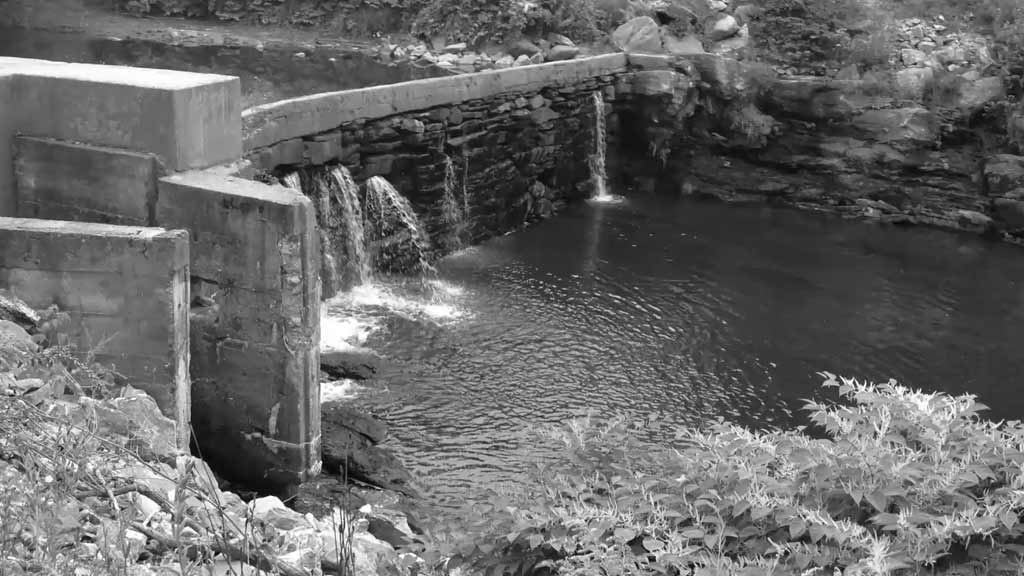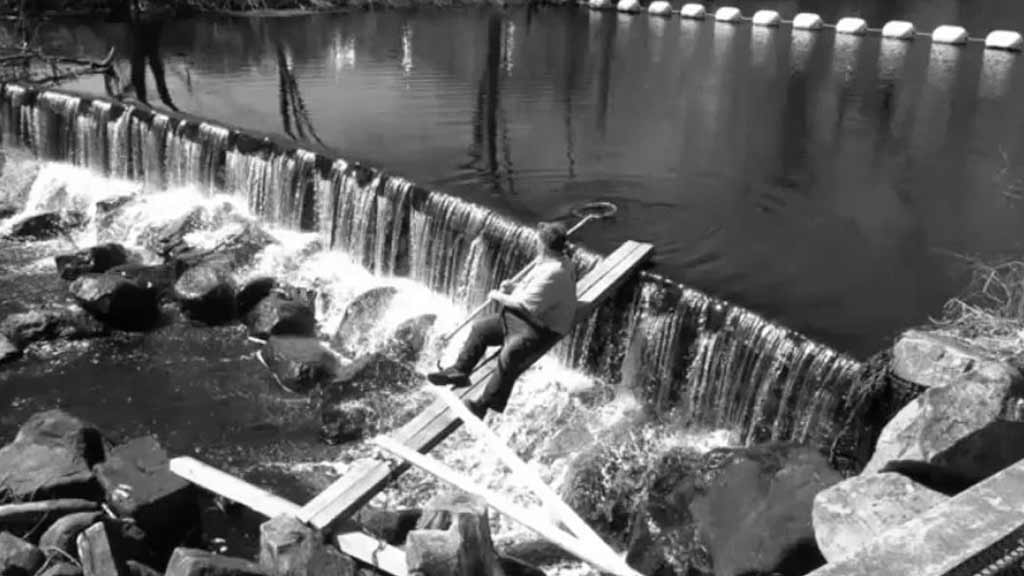The history of Mill Pond in Boston is a testament to the city’s evolution from a colonial outpost to a bustling urban center.
Dating back to the 17th century, the Mill Pond played a pivotal role in Boston’s industrialization, serving as a vital water source for numerous mills that powered the burgeoning economy.
Its waters turned the wheels of gristmills, sawmills, and other industrial machinery, driving the city’s growth and prosperity.
Beyond its utilitarian function, the pond became a focal point for transportation, recreation, and community life.
As Boston expanded and modernized, the legacy of the Mill Pond endured, leaving an indelible mark on the city’s landscape and cultural heritage.
Mill Pond Boston History Facts -What Was the Purpose of the Mill Pond in Boston?
Mill Pond, located in Boston, Massachusetts, has a rich history intertwined with the city’s development and growth over the centuries.
Here are some key historical facts about Mill Pond:
Colonial Origins
Mill Pond’s history traces back to the early 17th century when European settlers first arrived in the Boston area.
Recognizing the potential of the Charles River’s water flow, settlers constructed dams and waterways to harness its power for milling operations.
The creation of Mill Pond was a pivotal development, providing a reliable source of energy for the burgeoning mills that played a vital role in the economic life of colonial Boston.
The pond’s strategic location and abundant natural resources contributed to its rapid growth as an industrial center.
Industrial Hub

By the 18th and 19th centuries, Mill Pond had established itself as a bustling industrial hub, supporting a wide range of manufacturing activities.
Gristmills and sawmills were among the earliest industries to thrive, followed by textile mills, iron foundries, and paper mills.
The availability of waterpower fueled the expansion of these enterprises, attracting skilled laborers and entrepreneurs to the area.
The constant hum of machinery and the sight of smokestacks towering over the landscape became defining features of Mill Pond’s industrial character.
Transformation and Urbanization
The industrialization of Mill Pond precipitated significant changes in its physical landscape and urban fabric.
Warehouses, factories, and workshops sprang up along its banks, transforming the once pastoral setting into a bustling commercial district.
Wharves and docks lined the waterfront, facilitating the shipment of goods to markets both domestically and overseas.
The construction of bridges and roadways further integrated Mill Pond into the broader transportation network of Boston, enhancing its accessibility and connectivity.
Environmental Changes

Despite its economic importance, industrialization took a toll on Mill Pond’s natural environment. Pollution from industrial waste, sewage, and runoff contaminated the water and degraded the surrounding ecosystem.
Fish populations declined, aquatic habitats deteriorated, and water quality suffered as a result of unchecked pollution.
Concerns about environmental degradation prompted calls for action to clean up the pond and mitigate the impact of industrial activities on its ecology.
Recreational Use
In recent decades, efforts to revitalize Mill Pond have focused on enhancing its recreational value and restoring its ecological health.
Water quality improvement projects, habitat restoration initiatives, and pollution control measures have been implemented to rehabilitate the pond’s ecosystem.
Recreational amenities such as parks, walking trails, and boat launches have been developed to provide opportunities for outdoor enjoyment and leisure activities.
Today, Mill Pond serves as a peaceful retreat where residents and visitors can reconnect with nature and enjoy the tranquility of its scenic surroundings.
Water Source for Mills

The Mill Pond served as a reliable water source for the numerous mills that dotted its banks. Waterwheels were directly powered by the flow of water from the pond, enabling the operation of gristmills for grinding grain into flour, sawmills for cutting lumber, and other industrial processes.
This accessibility to water power was a crucial factor in the establishment and growth of early industries in Boston, providing a competitive advantage over areas lacking such natural resources.
Cultural Heritage
Mill Pond’s historical significance is preserved through various cultural heritage initiatives aimed at commemorating its industrial heritage and promoting public awareness of its historical importance.
Interpretive signage, historical markers, and heritage trails offer insights into the pond’s past and its role in shaping the history of Boston.
Local museums, historical societies, and community organizations actively engage in preserving and sharing the stories of Mill Pond and its significance in the broader context of the city’s development.
These efforts ensure that the legacy of Mill Pond continues to be celebrated and appreciated as an integral part of Boston’s cultural heritage.
Mill Pond Boston History Timeline

Here’s a timeline outlining the key historical events in the history of Mill Pond in Boston:
Early 17th Century
- 1600s: European settlers arrive in the Boston area and recognize the potential of the Charles River’s water flow for industrial purposes.
- 1630s: Construction of dams and waterways begins to harness the river’s power for milling operations.
18th Century
- Early 1700s: Mill Pond becomes a focal point for industrial activity, with the establishment of gristmills and sawmills along its shores.
- Mid-1700s: The industrialization of Mill Pond accelerates, attracting entrepreneurs and skilled laborers to the area.
- Late 1700s: Textile mills, iron foundries, and other manufacturing enterprises flourish, further cementing Mill Pond’s reputation as an industrial hub.
19th Century
- Early 1800s: The construction of warehouses, factories, and workshops transforms Mill Pond into a bustling commercial district.
- Mid-1800s: The expansion of transportation infrastructure, including bridges and roadways, enhances Mill Pond’s accessibility and connectivity.
- Late 1800s: Technological advancements and innovations drive further industrial growth, with the pond’s waterpower continuing to fuel manufacturing activities.
20th Century
- Early 1900s: Industrialization peaks, with Mill Pond supporting a diverse range of industries, including textiles, paper production, and metalworking.
- Mid-1900s: Environmental concerns emerge as pollution from industrial waste and urban runoff degrades water quality and harms aquatic life.
- Late 1900s: Efforts to clean up and restore Mill Pond’s ecosystem gain momentum, reflecting a growing awareness of environmental issues.
21st Century
- Early 2000s: Restoration projects and pollution control measures are implemented to improve water quality and revitalize Mill Pond’s ecological health.
- Mid-2000s: Recreational amenities such as parks, walking trails, and boat launches are developed to enhance public access and enjoyment of the pond.
- Late 2000s – Present: Mill Pond continues to serve as a cultural and recreational asset for residents and visitors, while efforts to preserve its historical heritage and ecological integrity remain ongoing.
FAQs
When was Mill Pond established?
Mill Pond was established in the early 17th century, as European settlers recognized the potential of harnessing the water flow from the Charles River for industrial purposes.
What industries thrived around Mill Pond?
Mill Pond was a hub for various industries, including gristmills, sawmills, textile mills, iron foundries, and paper production.
What led to the decline of Mill Pond’s ecosystem?
Pollution from industrial waste and urban runoff contributed to the decline of Mill Pond’s ecosystem over time. This pollution degraded water quality, harmed aquatic life, and affected the surrounding environment.
How has Mill Pond been revitalized in recent years?
In recent years, efforts have been made to revitalize Mill Pond through environmental restoration projects and pollution control measures. Recreational amenities, such as parks and walking trails, have also been developed to enhance public access and enjoyment.
What is the significance of Mill Pond today?
Today, Mill Pond serves as a cultural, historical, and recreational asset for Boston residents and visitors.
It preserves the city’s industrial heritage while providing opportunities for leisure activities such as boating, fishing, and nature walks.
Wrap Up
The story of Mill Pond in Boston encapsulates the dynamic interplay between industry, urban development, and cultural heritage.
From its origins as a vital water source for colonial mills to its transformation into a hub of industrial activity and community life, the pond has witnessed centuries of change and adaptation.
While the physical landscape may have evolved over time, the legacy of Mill Pond endures in the historic buildings, infrastructure, and cultural traditions of the surrounding neighborhoods.
Its significance as a symbol of Boston’s industrial past and vivid waterfront history serves as a reminder of the city’s resilience and ability to reinvent itself in response to changing times, ensuring that the spirit of Mill Pond lives on in the fabric of Boston’s identity.
Jaclyn Lowe